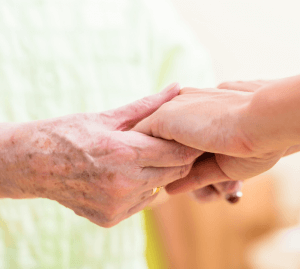
Protecting Older Adults: Resources For Families
By CarePatrol
It’s an uncomfortable topic to think about – elder abuse. But as the older population continues to grow at an unprecedented rate and one out of every 10 Americans 60+ experiencing some form of elder abuse, it can’t be ignored.
June 15 is World Elder Abuse Awareness Day.
Here are some ways you can take action:
Learn about the issue:
Elder abuse can happen to anyone anywhere but certain populations are at higher risk such as people with dementia or poor physical health. There are several kinds of abuse including physical, emotional and financial, and perpetrators are most likely to be family members. It’s believed only 1 in 14 cases of abuse are reported to authorities.
Look for signs:
Older adults may be reluctant to report abuse because they feel ashamed, embarrassed, scared or are even in denial. They also may not be able to speak out due to mental impairments. However, there are physical and emotional changes that may indicate someone is being abused. Here are some of the common signs to watch for from the National Institute on Aging.
Ask questions:
Signs of abuse may also surface when talking with an older adult. The National Center on Law and Elder Rights suggests asking questions such as: Is there anyone you don’t trust or who makes you feel uncomfortable? Has anyone hurt you, called you names or treated you poorly? Have you received any paperwork, in the mail or delivered to the door, that you don’t understand or that frightens you?
Report concerns:
If you suspect someone may be the victim of the abuse, neglect or exploitation, contact your local Adult Protective Services (APS) office. Calls are confidential. APS offices investigate the concerns and determine what services, if any, would be beneficial. Individuals always have the right to decline services. If someone is in immediate danger, call 911 or the police.
Everyone deserves to live a happy life, full of love and respect. At CarePatrol, safety is our top priority. Each care option in our network goes through our rigid evaluation process, which includes evaluating the care and violation history. This helps us recommend safer senior living choices.